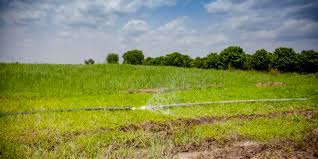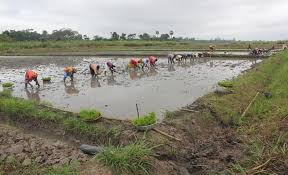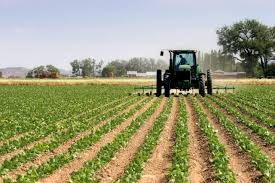Cash crops are very important in the economic growth of the country. They provide income for farmers and also significantly contribute to local markets. These crops provide income for farmers serve as fuel in the local markets and support families.
In this post, we will be delving into the top 5 cash crops cultivated within the Northern Region of Ghana. Furthermore, we will explore their significance and the economic impact they have on the communities.
We will also address the challenges these crops face. From climate change to market fluctuations, farmers encounter various hurdles. Additionally, we will explore the potential for growth in local and international markets. By the end of this post, you will gain a deeper understanding of the agricultural dynamics in Northern Ghana. You will see how these cash crops shape the region’s future and the lives of those who depend on them.
Top 5 Cash Crops Grown In the Northern Region
Cash crops are crucial to the region’s economy, providing income, creating jobs, and enhancing food security. Here are the lists of the top 5 cash crops grown in the region:
1. Soya Beans
- Export Potential
There has been an increase in the global demand for soya beans especially in the food and feed sectors. This has presented a significant export opportunity for farmers within the Northern Region and other parts of Ghana.
- Market Opportunity
The growth of the soya beans market has opened new avenues for farmers, providing a very lucrative opportunity within the local and international markets.

- Challenges and Concerns
Farmers may encounter challenges related to market access and the need for better agricultural practices to ensure high yields and quality products.
2. Rice
- Export Potential
Rice has strong export potential, especially with increasing local production. Efforts to promote local varieties can enhance competitiveness in international markets.
- Market Opportunities
Government initiatives to support rice production have created favourable conditions for farmers, leading to increased market demand.
- Challenges and Concerns
Farmers face challenges such as water scarcity and competition from imported rice, which can affect local production and pricing.
3. Groundnuts (Peanuts)
- Export Potential
Groundnuts have strong export potential due to their rich protein content and versatility in various food products, catering to both local and international markets.
- Market Opportunities
The growing demand for groundnuts in both local and international markets presents significant opportunities for farmers to expand their production.
- Challenges and Concerns
Farmers face challenges such as pest management and market access, which can hinder their ability to maximize profits.
4. Sorghum
- Export Potential
Sorghum has potential for both local consumption and international markets, particularly as a drought-resistant crop suited for arid regions.
- Market Opportunities
Sorghum can be processed into various products, including flour and beverages, providing farmers with diverse market opportunities.
- Challenges and Concerns
Farmers may encounter challenges related to market demand and pricing, which can fluctuate based on external factors.

5. Shea Nuts
- Export Potential
Shea nuts have significant export potential due to the global demand for shea butter in cosmetics and food products.
- Market Opportunities
With the growing global demand for natural products, the export potential for shea butter is considerable, offering farmers new markets.
- Challenges and Concerns
Farmers may face issues related to sustainable harvesting practices and market access, requiring support and education on best practices.
Cash crops grown in Northern Ghana play a vital role in the region’s economy. They provide income, create jobs, and enhance food security. Despite the challenges faced by farmers, these crops offer significant opportunities for growth and development.
By understanding the importance of soya beans, rice, groundnuts, sorghum, and shea nuts, we can appreciate their impact on the livelihoods of many families. As the agricultural landscape evolves, it is crucial to support sustainable practices and explore new markets. This approach will ensure the continued success of cash crops in Northern Ghana, ultimately shaping a brighter future for the region.
READ ALSO: 3 Major Impacts of Weather Conditions on Road Safety
Impact of Driver Behaviour on Accident Rate in Northern Ghana








